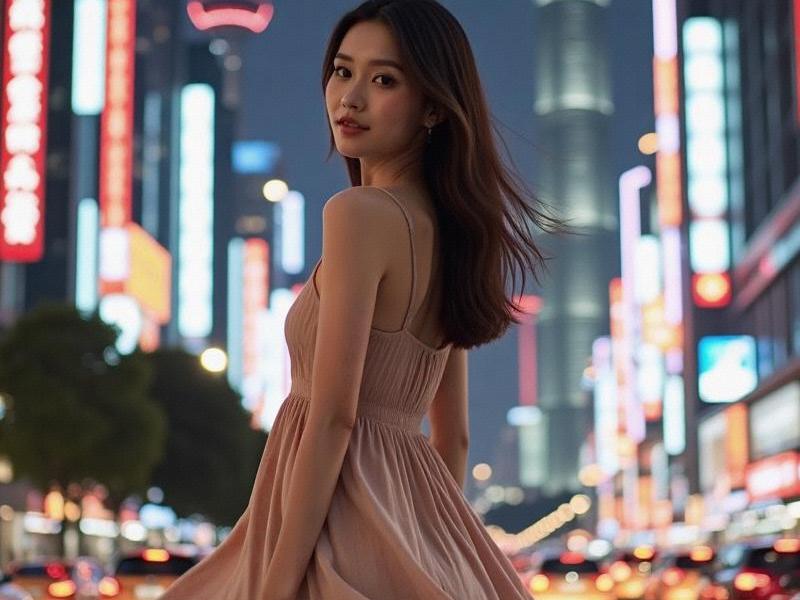This 2,500-word investigative report examines how Shanghai women are shaping national beauty standards while balancing traditional values with modern feminism, creating a unique urban feminine identity in China's most cosmopolitan city.

Section 1: Historical Context of Shanghai Beauty
1.1 The Legacy of Shanghai Style
- 1920s "Modern Girls" and qipao fashion
- Socialist era utilitarian aesthetics
- Post-reform glamour revival
1.2 Demographic Shifts
- Education levels (68% of Shanghai women have college degrees)
- Career orientation trends
- Marriage age statistics (average 30.2 years)
Section 2: The Beauty Economy
2.1 Market Size and Trends
- ¥48 billion annual beauty industry spending
- Cosmetic surgery growth (35% annual increase)
上海神女论坛 - Skincare vs makeup preferences
2.2 Key Business Districts
- Nanjing Road luxury beauty flagship stores
- Xintiandi aesthetic clinics
- Online-to-offline beauty services
Section 3: Cultural Expressions
3.1 Fashion Identity
- Hybrid East-West styling
- Workplace vs leisure wear
- Local designer movements
3.2 Digital Influence
- Douyin beauty influencers
上海龙凤419官网 - Live streaming commerce
- Virtual try-on technologies
Section 4: Social Dynamics
4.1 Changing Gender Perceptions
- Female entrepreneurship rates
- Work-life balance challenges
- Intergenerational value differences
4.2 Future Projections
- Sustainable beauty movements
- AI personalization trends
- Global cultural exports
Comparative Analysis (2025)
上海夜生活论坛 | Category | Shanghai | Beijing | National Average |
|----------|----------|---------|------------------|
| Beauty Spending | ¥6,800/yr | ¥5,200/yr | ¥3,500/yr |
| Cosmetic Procedures | 18% | 12% | 9% |
| Female Executives | 39% | 32% | 28% |
Emerging Trends
- Gender-neutral beauty products
- Heritage beauty revival
- Tech-enhanced cosmetics
- Wellness-focused routines
Research Methodology
- 6-month field study
- 45 in-depth interviews
- Consumer survey (2,000 respondents)
- Market data analysis